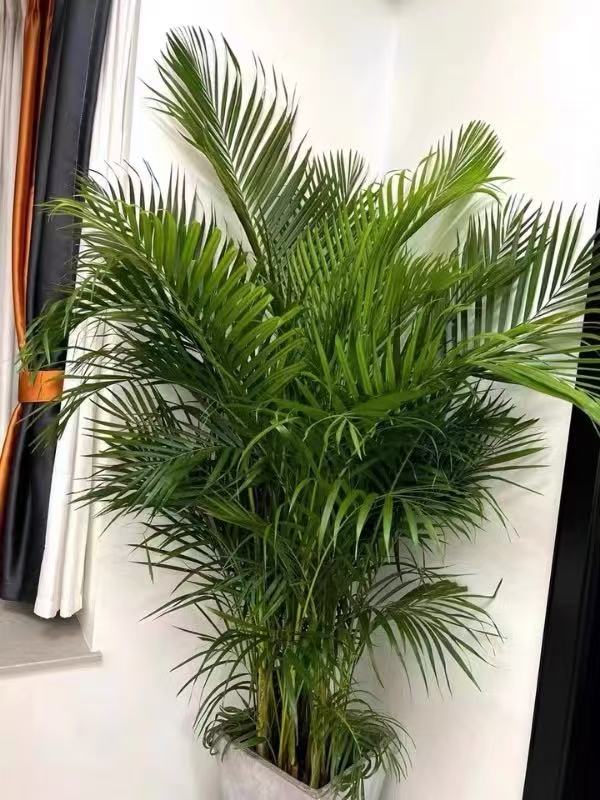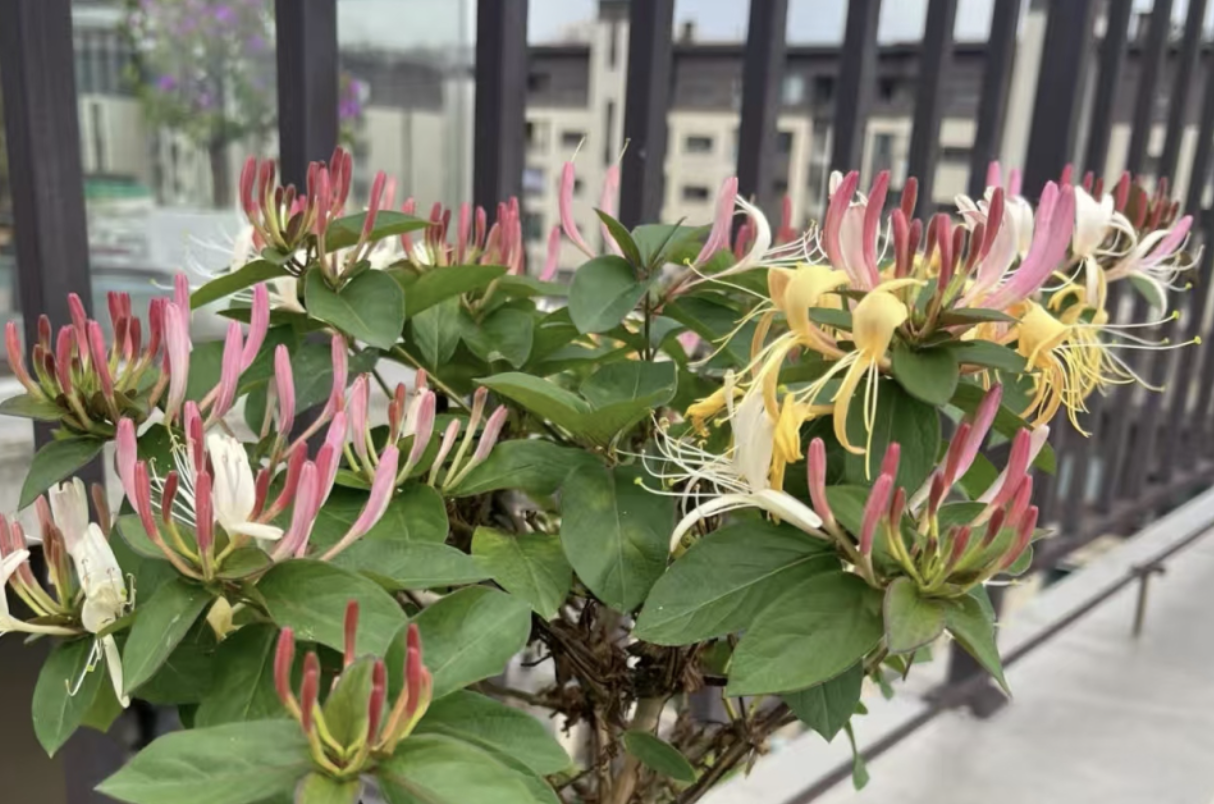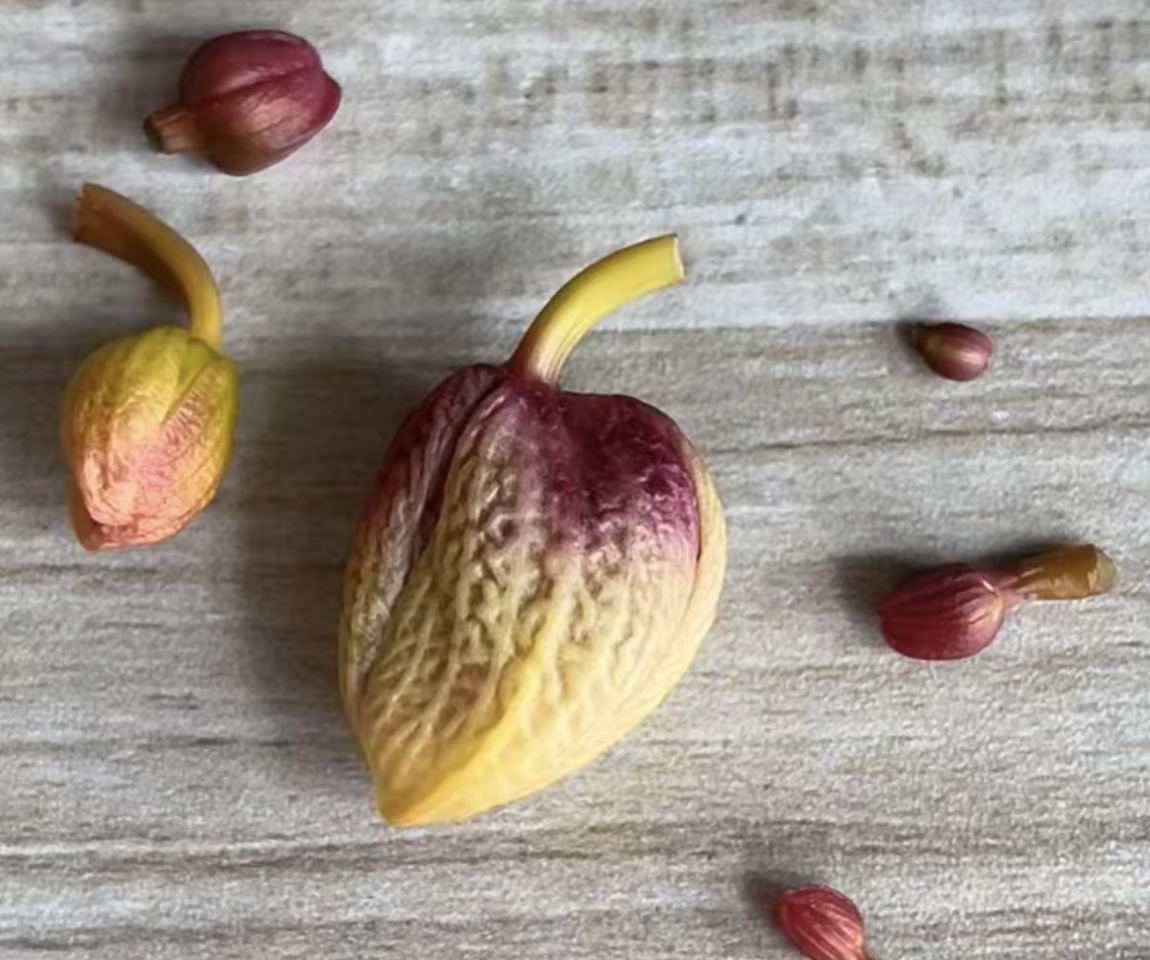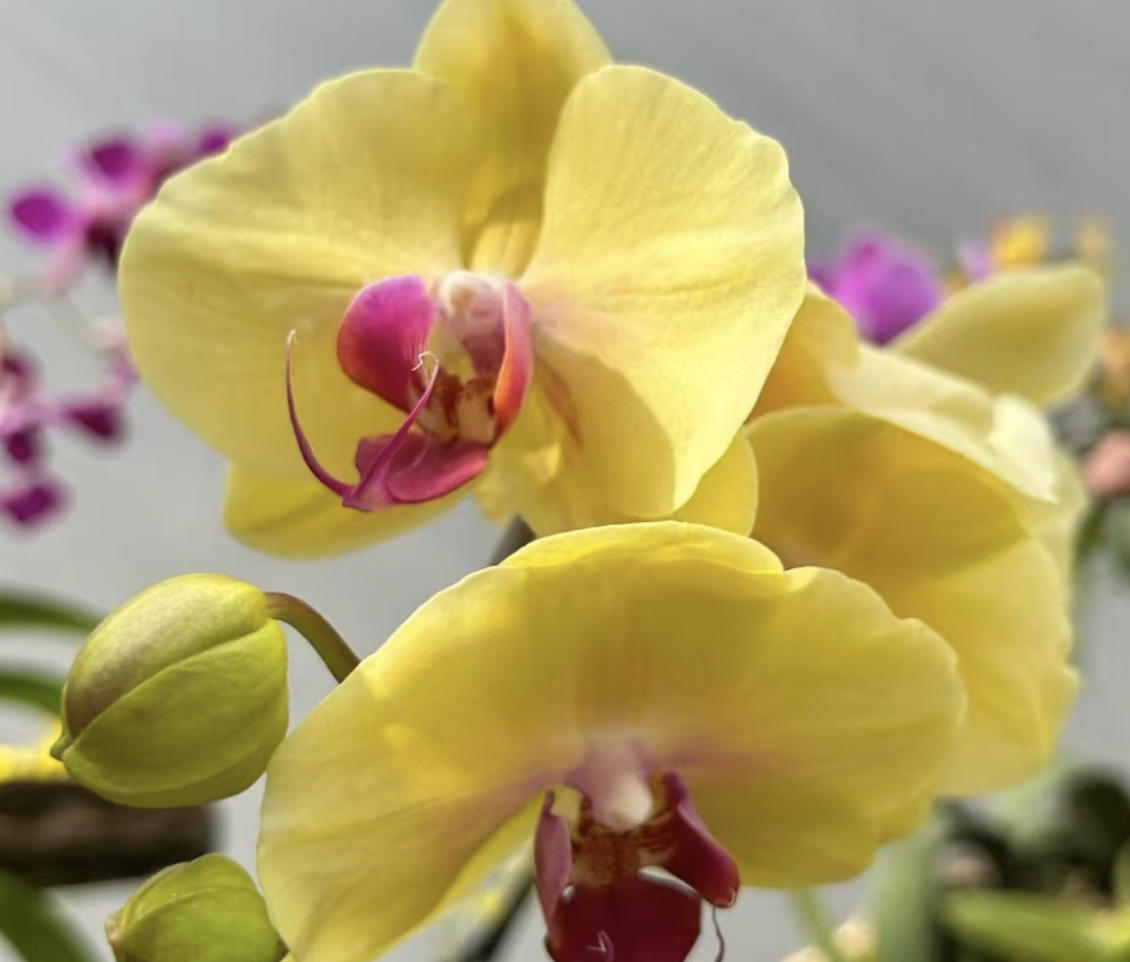In the modern home environment, more and more people tend to improve indoor air quality and humidity by growing green plants. Highly efficient transpiration plants not only have ornamental value but also can effectively increase indoor humidity through their strong transpiration, making our living environment more comfortable.
Highly efficient transpiration plants refer to those plants with a strong transpiration function. Transpiration is the process by which plants release water vapor into the atmosphere through stomata. It can not only lower the temperature of plant leaves to prevent overheating but also drive the transportation of nutrients through the evaporation of water and maintain the water balance within the plant.
Next, we will introduce several highly efficient transpiration plants suitable for indoor cultivation:
Epipremnum aureum (large-leaf variety): The large-leaf Epipremnum aureum is widely popular due to its high ornamental value and easy maintenance. Its broad leaves can effectively carry out transpiration, converting the water absorbed by the roots into water vapor and releasing it into the air, thus increasing indoor humidity. In the heated rooms in winter, the transpiration of the large-leaf Epipremnum aureum is particularly obvious, making it an ideal choice for indoor humidity retention in winter. At the same time, the large-leaf Epipremnum aureum has low requirements for light. However, in the autumn and winter in the north, in order to help it survive the winter more easily, it should be given appropriate additional light, such as being placed on a closed balcony at noon or in a place with strong indoor light.
Philodendron selloum: The Philodendron selloum has huge leaves with thick pinnate deep lobes, presenting a good ornamental effect. It is an excellent shade-loving foliage plant for indoor cultivation. It likes a high-temperature and humid environment. When maintaining it, you can spray more water mist to increase the spatial humidity. The Philodendron selloum has no strict requirements for light and can tolerate shade. It is suitable for pot cultivation in places where the indoor light is not too weak. Its suitable growth temperature is 20℃ - 30℃, and the winter temperature should not be lower than 5℃.
Chlorophytum comosum: The Chlorophytum comosum has long and slender leaves, and there are many of them. It releases water through transpiration, which has a good effect on regulating indoor humidity. The Chlorophytum comosum grows relatively fast and is easy to maintain, making it suitable for beginners. It likes a semi-shady environment and should avoid direct sunlight. When watering, keep the soil moist. The Chlorophytum comosum can also effectively purify the air and absorb harmful gases, making it a preferred plant for indoor greening.
Dypsis lutescens: The Dypsis lutescens has lush branches and leaves with numerous leaves. It has a strong evaporation function for water and is an expert in regulating indoor air humidity. At the same time, it has a strong ability to adsorb dust, helping to keep the indoor air fresh. The Dypsis lutescens likes a humid growth environment. Avoid keeping the pot soil overly wet for a long time to prevent root rot. It is suitable for being placed in a well-lit place indoors for maintenance and should avoid strong sunlight exposure.
Cyperus alternifolius: The leaves of Cyperus alternifolius have amazing transpiration, making it the "water - consuming king" among plants. It can convert the water absorbed by the roots into water vapor and diffuse it into the air through the stomata on the leaves, thereby increasing the humidity of indoor air. The Cyperus alternifolius likes a humid environment and is easy to cultivate. It can grow in both pot soil and water. It is shade - tolerant and should avoid direct strong light, especially in the high - temperature season of summer. At the same time, the Cyperus alternifolius has high requirements for water and fertilizer. Keep the pot soil highly humid and fertilize regularly.
These highly efficient transpiration plants can not only increase indoor humidity but also add a touch of green to our living environment. Choose the green plants suitable for yourself to cultivate and make our home life more comfortable and healthy.
What are highly efficient transpiration plants?

Share with
Tagged in :




Leave a Reply